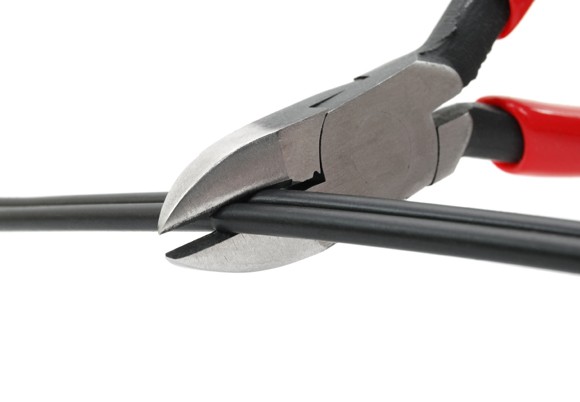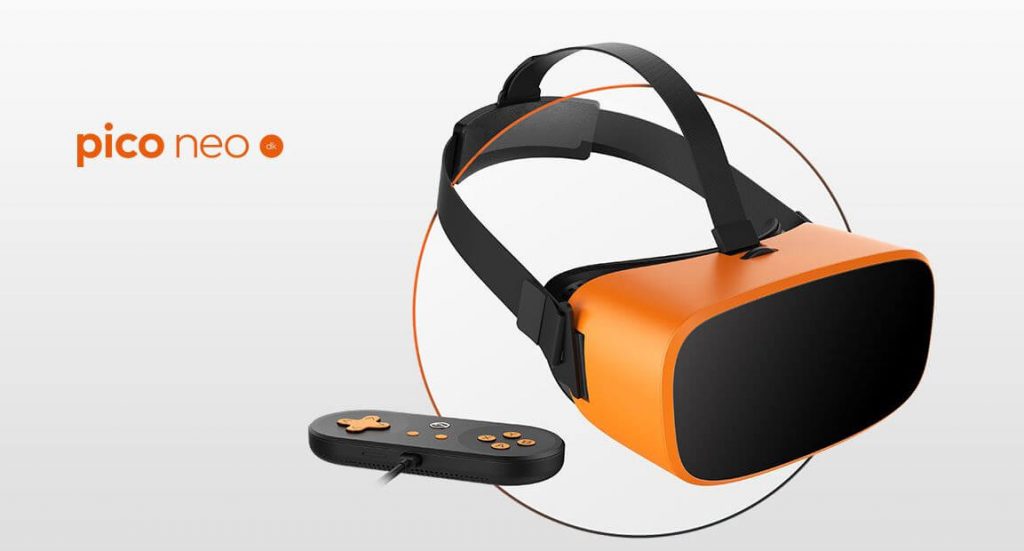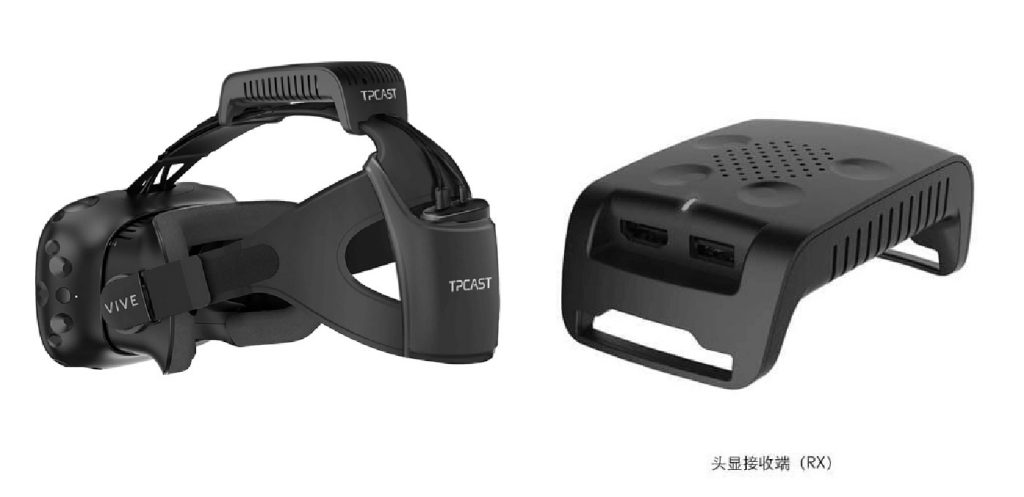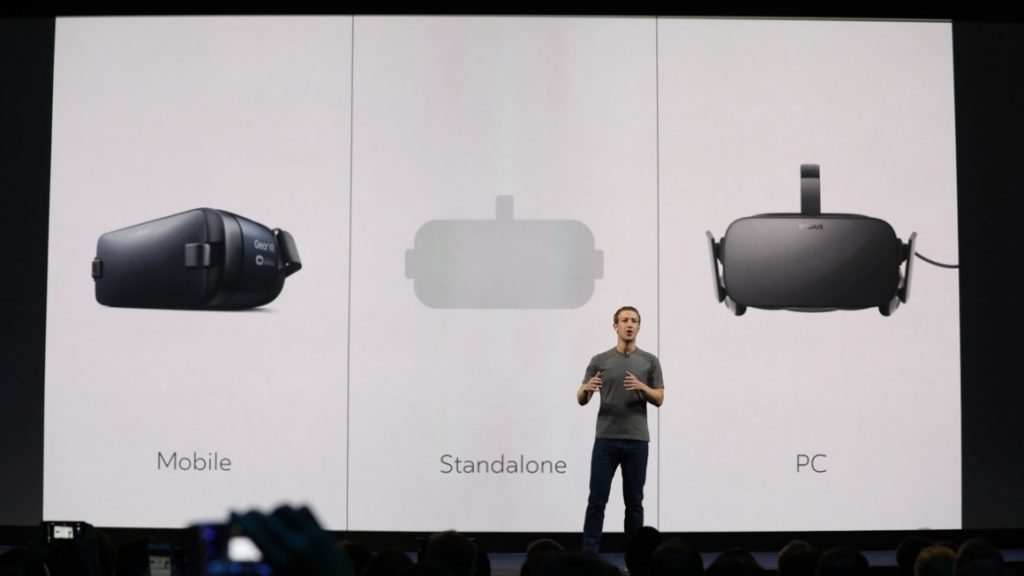Proof That The Future Of Reality Headsets Is Not More Cords
Tech September 26, 2023 Damon Mitchell

It’s possible the zombie apocalypse could throw us off the pace for really crazy virtual reality (VR) video games. If so, there will be so much more things to worry about that virtual worlds. Heck, that may be the evolution of VR. Forget digital recreations of other worlds… the dead are walking around. REAL-reality is a zombie video game.

(source: hellogiggles.com)
Barring that future, at some point, VR will be nothing more than electrical impulses hacked into the brain or contact lenses. The old debate about virtual versus mixed or augmented reality will face into a singular format we call reality. We’ll be able to overlay our real world view with whatever we wish to see.
What it will not be is a world where we wear large backpacks for carting around massive computers, which control our VR wearable technology.
That’s not where this is all going. Proof positive by the recent increase in (better) wireless headsets, the future of altered realities is more streamlined technology.

(source: cnet.com)
What some saw as an upgrade to Google’s Cardboard VR, which was more about the app than the hardware, Google Daydream came out last year as something different. It was closer to an upgrade of Samsung’s Gear VR if anything.
Call it what you will, the message from one of the technology’s kingpins was, no wires please. It’s as if Google said, yes we could make something to compete with the Oculus Rift or HTC Vive, but we’d rather improve cord-free technology.
If you look at it that way, then they did upgrade Cardboard, a lot.
Pico Neo VR

(source: virtualrealityreporter.com)
Debuting at this year’s CES, the Neo VR headset looks like it could be Daydream’s cousin. Both offer cord-free experiences. Both have cloth covers (not pictured above). That’s where the similarities end.
Daydream requires users own a Daydream certified smartphone. Neo VR comes preloaded with the elements most wireless VR systems borrow from a phone: a screen, gyroscope, accelerometer, processor.
Whereas headsets like Samsung Gear VR and Daydream will always take their limitations from the phones you use, Neo VR gives all users the same experience.
This makes the life of a game developer easier too, which could benefit users.
HTC Vive

(source: engadget.com)
Creeping in on turf once owned by Oculus Rift, HTC has done one better than their peers. They’ve developed a wireless attachment to untether users from their PCs.
Previously, the Vive system mandated you connect to a PC via a cable. The TPCast system, only available in China for now, but soon in the U.S., cuts that cord.
You still need the powerful PC to run your Vive system, but you no longer need the cable.
This is a good interim solution, but the exploration of the world in this paradigm is still limited to the radio signal of the TPCast. Once you get more than five meters away, you lose your connection.

(source: wareable.com)
As far as Oculus and the PS4 VR headsets go, there are aftermarket kits on the market and in development which aim to do the same thing as HTC’s TPCast attachment.
Mark Zuckerberg, the owner of Oculus among other things, recently admitted that we’re 5-10 years out from good virtual reality. Maybe, but the message is loud and clear. We’re moving to towards more freedom with our altered reality systems, not bigger PCs.
At some point, someone will figure out how to connect us via a combination of wireless systems that can handoff from satellite, LTE, WiFi, and Bluetooth. Then we can port our systems into whatever size computer we want.
Game over.